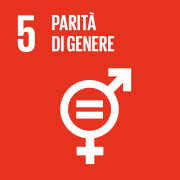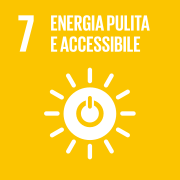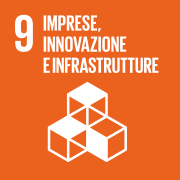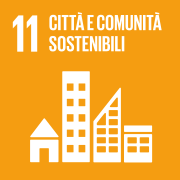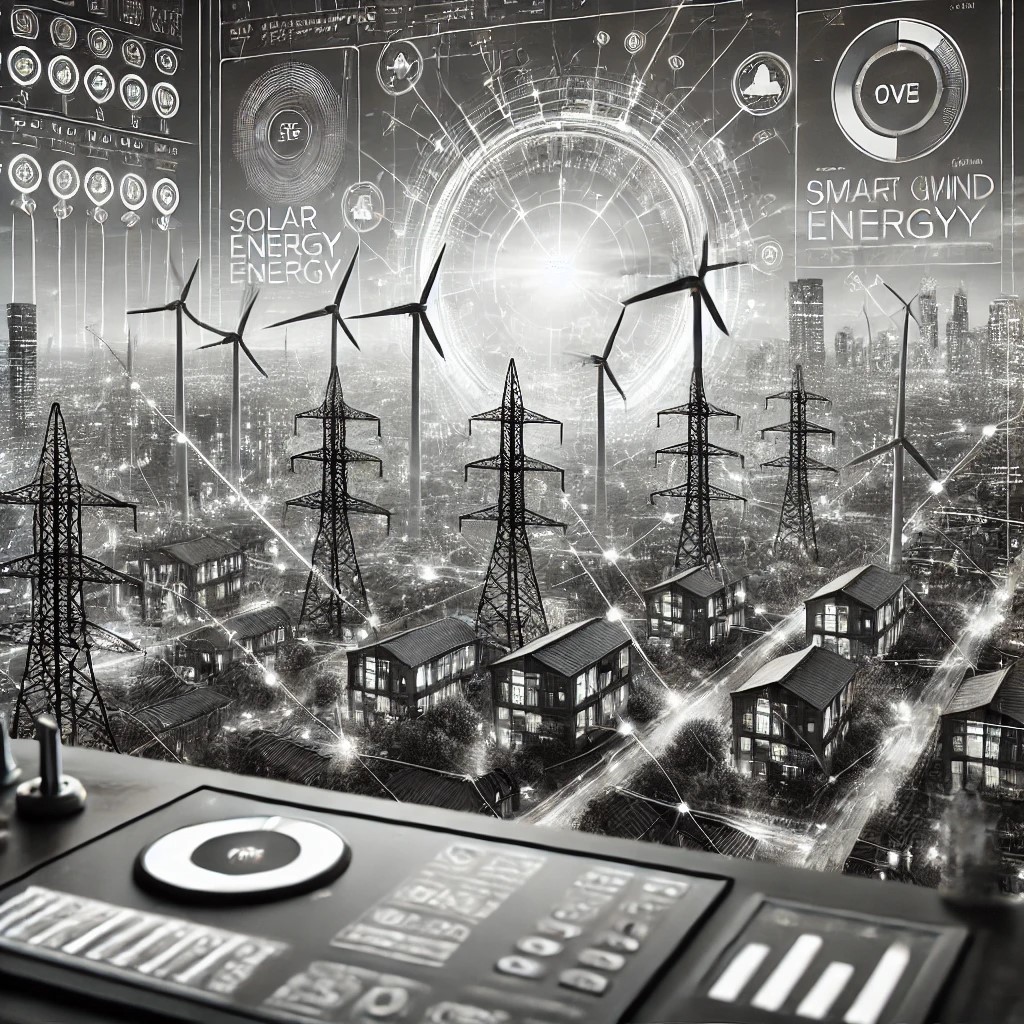
Smart grids, or smart grids, represent one of the most significant innovations in the energy sector in recent decades. These grids integrate advanced digital technologies into electricity distribution and management, enabling two-way communication between suppliers and consumers. This approach not only improves the efficiency and reliability of the electricity system, but also plays a crucial role in the integration of renewable energy, facilitating the transition to a more sustainable energy future.
The integration of renewable energies in smart grids
Renewable energy sources, such as wind and solar, are characterised by intermittent and not always predictable production. This variability poses a challenge to traditional electricity grids, which are designed to handle stable, one-way flows of energy from large power plants to consumers. Smart grids address this challenge through the use of advanced sensors, real-time control systems and predictive algorithms that constantly monitor both energy demand and supply: this continuous monitoring allows fluctuations in renewable production to be effectively balanced, ensuring a stable and reliable supply of energy.
A key aspect is the integration of energy storage systems, such as advanced batteries and thermal storage technologies, which allow excess energy to be stored during peak production periods and released at times of higher demand. In addition, demand response technologies allow energy consumption to be modulated in real time, shifting electrical loads to periods of higher availability of renewable energy. The use ofartificial intelligence and machine learning further improves the management of production and consumption forecasts, optimising grid balance and reducing the risk of blackouts.
Distributed generation and bi-directional energy flows
One of the distinctive aspects of smart grids is the ability to manage distributed generation. In a traditional model, energy is produced in large power plants and distributed to end consumers. With the advent of renewable energy, many consumers have also become producers – known as prosumers – by installing photovoltaic or mini-wind systems in their homes or businesses. Smart grids facilitate this transformation by managing two-way flows of energy, allowing prosumers to feed excess energy into the grid and contributing to the overall stability of the system.
The implementation of microgrids, local energy systems interconnected with the main grid but capable of operating autonomously, allows optimising self-consumption and reducing dependence on fossil fuels. Energy communities, which aggregate different prosumers into a single local grid, are demonstrating how distributed generation can foster greater democratisation of energy, lowering costs for consumers and increasing the resilience of the electricity system. In addition, evolving vehicle-to-grid (V2G) technologies allow electric cars to act as mobile storage units, feeding energy into the grid when needed and helping to stabilise the load.
Environmental, economic and social benefits
The adoption of smart grids therefore brings significant benefits, not only for the environment, but also in economic and social terms. Firstly, from an environmental perspective, the efficient integration of renewable energy reduces dependence on fossil fuels, decreasing greenhouse gas emissions and contributing to the fight against climate change. Furthermore, the reduction of energy transmission and distribution losses makes it possible to use available resources in a more sustainable way, limiting energy waste.
Economically, smart grids foster the competitiveness of the energy sector by promoting technological innovation and incentivising new business models based on self-production and smart energy management. Dynamic tariffs and demand response mechanisms enable consumers to optimise their consumption, with a positive impact on reducing energy costs. In the social sphere, energy communities and microgrids offer an opportunity for local development, creating jobs and promoting a more equitable and participatory management of energy resources.
Challenges and future prospects
Despite its many advantages, the implementation of smart grids presents certain challenges. The need for technology standardisation and, in particular, cyber security management, are among the most critical issues: the increasing digitisation of the electricity grid, in fact, introduces new risks related to cybersecurity, as the infrastructure becomes vulnerable to possible cyber attacks that could compromise the operation of the grid. Protecting consumer data and ensuring privacy are other central issues to be addressed, considering that smart grids collect a huge amount of information on energy consumption behaviour.
However, with the advancement of digital technologies and increased awareness of environmental issues, smart grids are a key component of a more resilient, efficient and sustainable energy system. Incentive policies and investment in research and development will be crucial in accelerating the deployment of these solutions, allowing them to maximise the environmental, economic and social benefits they can offer.




